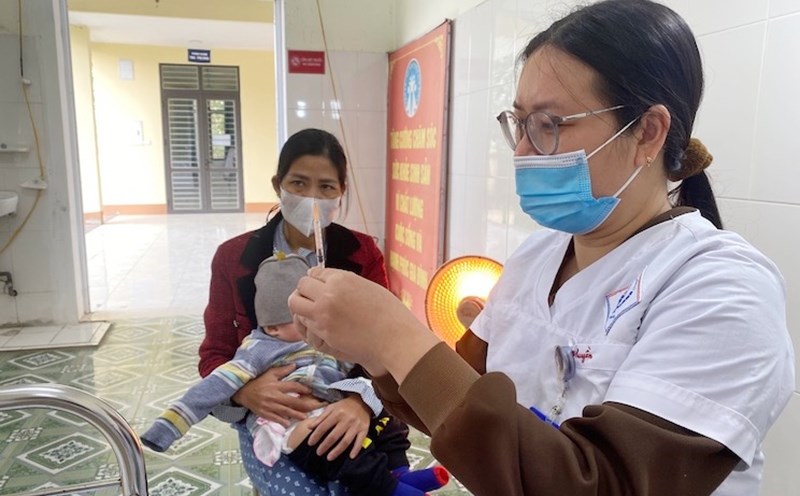The new proposal of the Ministry of Health on reorganizing the personnel structure at commune and ward health stations as a miniature hospital, with positions such as department head, deputy department head, chief of staff... is causing mixed public opinion.
Many people wonder, a commune-level health unit, which has long had only a few three staff members, really needs a apparatus that is likened to a miniature hospital?
However, if we look at the problem in the new context, when the country is moving towards a fair, inclusive and quality health system, this is a necessary proposal to transform the grassroots health sector.
Moreover, after the merger, many communes and wards have a very large population and area.
In reality, commune health stations are no longer places for vaccination, first aid, or the distribution of a few doses of influenza medicine.
After the COVID-19 pandemic, the role of this frontline was more clearly recognized in disease prevention, chronic disease management, screening, student health care, etc. These are jobs that require high expertise and strict system operation.
If we only maintain the old mindset, grassroots health care will always be in a formal, concurrent situation and not be able to shoulder the responsibility of taking care of the health of the entire population.
The proposal to divide leadership - management, professional - technical and administrative - support positions is a specialized approach, creating conditions for each person to do the right thing, do enough, and clarify their role.
The Chief of Office at the commune health station is not to do things superficially but to carry the administrative and logistics part, which is taking up a lot of the time of health workers.
Similarly, department heads and deputy department heads are necessary if the station has many professional areas such as preventive medicine, maternal and child care, chronic disease management, etc.
Of course, it is impossible to completely replace this apparatus with all stations, regardless of the scale. Therefore, the Ministry of Health has also planned to flexibly decentralize according to population, number of beds, socio-economic conditions and local financial capacity.
However, flexibility does not mean arbitrariness, but is to avoid the ngangling of the socialist average, where each commune has the same structure despite different needs.
Finally, the goal of upgrading commune and ward health stations into miniature hospitals is not to have many titles, but to work hard to make people feel secure when coming to the health station.
How to make grassroots doctors not have to shoulder too many tasks outside of their expertise. And how can our health system not only develop at the central level, in big cities, but also be solid from the root, from communes and wards.
To do so, it is necessary to accept systematic investment in grassroots health care, from human resources, organizations, modern equipment to finance.
There cannot be a sustainable health system without a commune health station that is strong enough, has enough people, and is qualified enough to perform well the task of primary care.
And it is impossible to modernize grassroots health care if we keep the commune station thinking, then it needs to be simple, let it be as it has been for a long time.












